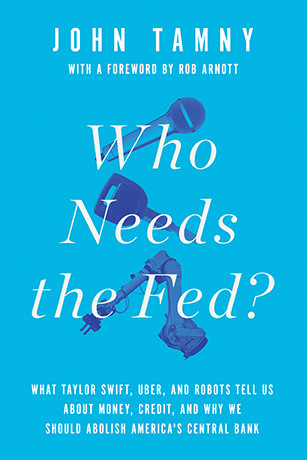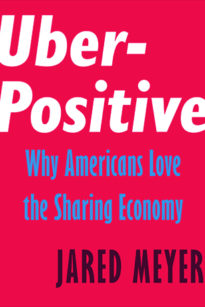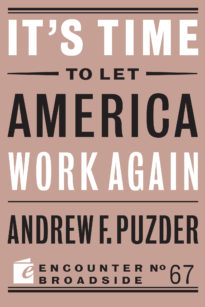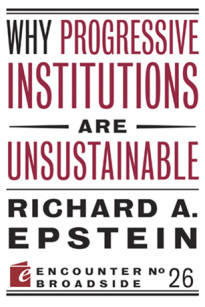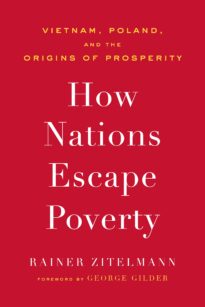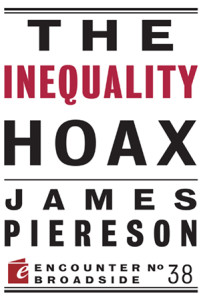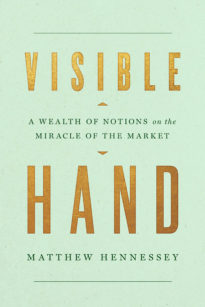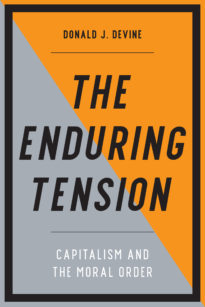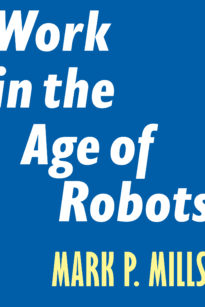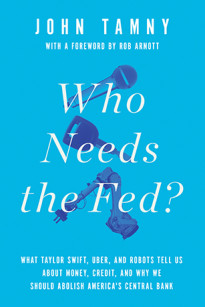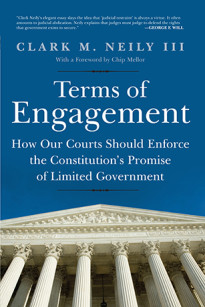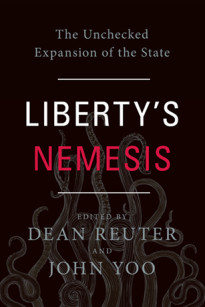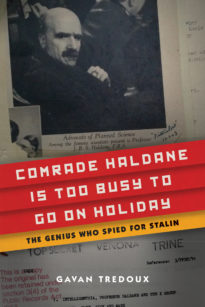The Rate Setters at the Fed Should Attend More Taylor Swift Concerts
“The price is determined at that level at which two parties counterbalance each other.” – Ludwig von Mises, The Theory of Money and Credit, p. 287
On July 15, 2015, pop singer Taylor Swift performed for two straight nights at Nationals Park in Washington, D.C. Globally popular thanks to catchy songs that sometimes describe past romantic relationships with the famous, Swift is one of the most important acts in music.
To properly understand the power that Swift wields, it’s useful to first travel back a little less than a month before her arrival in D.C. It was then that Apple, the creator of the iPod, iPhone, and iPad, and the most valuable company by market capitalization in the world, announced its new Apple Music Streaming service.
Amid its rollout, and with the idea of luring customers away from popular competitors such as Pandora and Spotify, Apple offered a free, three-month trial. Enter Taylor Swift.
Understandably offended that Apple would presume to build a new business on the backs of the musicians who had created the music it was streaming, Swift struck back on Tumblr. “Apple Music will not be paying writers, producers, or artists for those three months,” she wrote. “I find it to be shocking, disappointing, and completely unlike this historically progressive and generous company.” She added: “We don’t ask you for free iPhones. Please don’t ask us to provide you with our music for no compensation.” Swift backed up her words with a threat to withhold streaming rights to 1989, her mega-selling album released ahead of her 2015 tour.
Ever fearful of the bad PR that would blemish their new business line, Apple caved. Within hours the technology giant announced a reversal of its initial offer of free music to its early adapters. Apple promised to pay the artists for music streamed during the trial period.
So newsworthy was Swift’s response to the technology colossus that even the Wall Street Journal’s editorial page, the holy grail of public policy opinion, saw fit to comment with unrestrained awe. The page’s editors marveled at how Swift taught them “a good lesson about intellectual property rights—and the danger of taking on a woman who knows what she’s worth.”
Swift also provided the world with a great lesson about credit. Economists frequently act as though cheap credit can be decreed through an announcement from the Fed of a “low” interest rate. Swift’s pointedly open letter to Apple was a reminder that when it comes to credit there’s always and everywhere a buyer and a seller.
Apple learned in embarrassing fashion that which doesn’t seem to concern central bankers who are apparently less sensitive to ridicule. It’s one thing to declare the supply of a market good inexpensive from the commanding heights of government, but it’s the height of folly to assume those in possession of the market good will give it to buyers for nothing. Going back to Swift’s threat to withhold songs from 1989, eager buyers of Apple Music were going to experience 1989 “scarcity” absent Apple’s reversal.
Importantly, the lessons provided by Swift don’t end there. Everything anyone could ever want to know about the economy and credit is there for the taking. Knowledge is simply a function of keenly observing the world around us.
Mentioned at this chapter’s outset was Swift’s two nights at Nationals Park. When filled to capacity, the cavernous stadium can hold over 40,000 attendees. Swift filled the stadium both nights. Among the attendees were my wife Kendall and some of her friends.
Reaching the baseball stadium proved rather easy, but upon the conclusion of Swift’s concert, there was a mad rush among attendees to get back home. While Washington, D.C.’s Metro serves Nationals Park, the lines to get on a train after the music stopped were endless. Word was that while the Metro would remain in service well past midnight, it would take several hours to transport Swift’s many fans home.
With the Metro an unrealistic option for concertgoers eager to get home before midnight, cabs were the second option. Unfortunately, the District of Columbia Taxi Commission regulates the fares that its cabdrivers can charge. While the Commission allows for slightly higher rates during periods of heavy demand, it can’t be stressed enough that the area around Nationals Park was a madhouse. The cab fares allowed by the Commission weren’t enough to lure drivers (sellers) into a clogged area full of desperate buyers.
Notable about the above is that it’s long been the norm in Washington, D.C. While cabs are similarly allowed to charge passengers extra during major snowstorms, as anyone who has lived in the District long enough knows well, the paltry increase in regulated rates by the Commission has rarely made it worth the time of drivers to be out on frequently perilous roads; as in when passengers (buyers) are most in need of drivers (sellers).
To state the obvious, prices that are set at artificially low levels to please buyers ignore that every transaction has a seller too. Indeed, artificially low prices also ignore the purpose of prices in the first place. In a free market, prices are regulation par excellence.
In a free market, prices reflect not just the desires of buyers and sellers, but also the weather, the news, what’s scheduled to happen next week, etc. Prices frequently fluctuate in a free market as a way of taking into account the ever-changing wants and needs of buyers and sellers in the dynamic world around us. Prices in the information-pregnant markets are the necessary tool to bring together the buyer and seller.
Government regulation of prices doesn’t always fail because people who toil in government are inherently bad. Instead, they fail because no bureaucrat, no matter how smart, can ever possibly divine a price that will reflect a constantly changing marketplace. That’s why government regulation of prices frequently leads to scarcity of supply when it’s needed most. It’s impossible for an individual or a collection of individuals to know even a fraction of the information that the market itself is constantly processing.
As if the proverbial cab-shortage fire on that steamy evening in July needed even more gasoline, it’s against the law for cabdrivers not in possession of a Washington, D.C. cabdriver’s “medallion” to pick up passengers there. This rule is meant to protect the market for D.C. drivers already unable to charge what the market will bear, but for Taylor Swift fans it meant that getting home from her concert could potentially take hours.
So, despite a great concert enjoyed by her many fans, the evening had the potential to end badly thanks to the fatal conceit of government officials that they can successfully plan prices. Was a good evening ruined? No.
This story has a happy ending thanks to the intense entrepreneurialism that continues to define the American economy despite the barriers placed in front of this country’s dreamers. Specifically, the story ends well thanks to Uber. Founded in 2009 by Travis Kalanick, Uber’s business model is rooted in the correct understanding of commerce that there are no buyers without sellers, and vice versa.
Kalanick devised an “app” that people around the world are adding to their smartphones in increasingly high numbers as evidenced by a private valuation of the San Francisco company that has risen to over $50 billion. Whereas it used to be that only the superrich had the means to ring a bell and summon a driver, thanks to Kalanick’s app anyone with a smartphone can tap the Uber button and have a driver arrive minutes later.
It’s said that the best way to predict how the poor and middle class will live in the future is to observe how the rich live in the present. Uber attests to the veracity of that statement. Once only the rich had “drivers” at their beck-and-call, now we all do. So while the story of Uber could on its own be used to explain all any reader would ever need to know about economics, for the purposes of this chapter Uber’s genius will be used to explain credit.
When my wife and her friends realized that the lines for the Metro were too long, and cabs non-existent, they tapped their Uber apps. They were soon relieved to find Uber drivers were in the area and available within minutes. However, an Uber ride that night would cost its passengers 3.6 times the rate the company normally charged its riders. Did my wife and her friends turn off their phones in disgust and delete the app because Uber was charging them so much during a time of need? No, they rejoiced.
Despite Uber’s implementation of “surge pricing,” they eagerly tapped on “SET PICKUP LOCATION.” A driver was there to take them home within minutes. They happily paid $34.03 for transportation that on a normal night would have cost $9.45.
Uber’s “surge pricing” is a worthy metaphor for interest rates. Uber “gouged” my wife and her girlfriends that night, but they were only too happy to be gouged. The other option was to potentially wait hours in order to get home. They valued their time and a good night’s sleep far more than the $34.03 fare ultimately paid in order to arrive home at a reasonable hour.
From simplicity genius often springs, and it certainly has with regard to Uber. While the Federal Reserve employs thousands of well-credentialed economists with doctorates from the best schools in order to divine the interest rate it naively presumes to set, Kalanick’s app has ably revealed that the expensively dressed Fed truly has no clothes. It’s no reach to say the economists in the Fed’s employ have IQs that render them among the smartest people in the world. Yet, even the brightest people with the best computers and models at their disposal are not smarter than the market itself. Neither one genius nor a collection of geniuses could ever properly process the infinite decisions occurring in the marketplace every millisecond.
Kalanick’s intuitive understanding of the above truth is the basis of Uber’s immense global popularity. Fully aware of the tautology that there are only buyers as long as there are sellers, Uber ensures that its customers will be able to purchase transportation when they need it most by virtue of it placating the seller too. Surge pricing is the company’s way of luring drivers onto the road, and into the most nightmarish of conditions (rain, snow, after a Taylor Swift concert), so that it can serve its customers.
More to the point, Uber achieves an “easy” supply of drivers for its customers not by decreeing their services cheap, but by doing the exact opposite. Pricing is once again the free market’s way of regulating supply of the resources that we deem credit. High prices – on New Year’s Eve pricing from Uber has been known to “surge” over 9 times the normal fare – are at times what ensure the existence of a market good that is in high demand.
Contrasting this with the Fed, economists with highly impressive resumes regularly commentate and opine on when the Fed will “hike” interest rates, and when the Fed will “ease.” Fed officials lap up all the attention from the various forms of business media about what their next move will be.
Even more amusing and disturbing at the same time is that right when credit is needed most, when the economy is most imperiled, or the nightmarish scrum equivalent of the aftermath of a Taylor Swift concert, the Fed’s alleged wise minds almost reflexively “cut” interest rates. If Uber did as the Fed does vis-à-vis savers (for someone to borrow, someone must save first), if it scoffed at the needs of its drivers during the periods of highest passenger demand, drivers would never be available when they were most needed for its customers.
What all this handwringing and speculation about price-fixing from the Fed should signal to readers is that intelligence and common sense aren’t one and the same. Can these bright economists and Fed officials really be so dim? Can they honestly claim their meddling with the price of access to the economy’s resources actually achieves something positive for the economy in terms of broadly available credit? For those who’ve long bought into the obnoxious conceit that is the Federal Reserve to answer this question in the affirmative seems rather dishonest.
As the story of Uber signals rather plainly, plentiful access to resources (credit) is a clear function of the price of resources reflecting the infinite wants and needs of those actually participating in the markets, including those who have access to those resources. Uber succeeds by virtue of allowing the price of its service to fluctuate such that the needs of its customers and drivers are met.
Fed officials cannot make a similar claim. Federal Reserve meddling with the price of credit at best restrains its availability, and then as the book will reveal, sometimes destroys it with abandon. Luckily the Fed’s relevance in what still remains a market economy continues to decline. Imagine how bad off we’d all be if the Fed were the sole source of credit, or for the purposes of the next several chapters, if its rate setting truly dictated credit costs. Thankfully it is neither.
